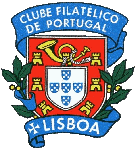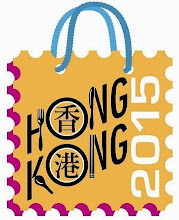 |
| First Day Cover |
 |
| Brochure |
One of the biggest tourist attractions in the
archipelago of Madeira lies in its lush and varied vegetation, which stands out
for its combination of tropical features with Mediterranean ones. A huge
variety of gardens and parks fill the Madeira landscape in an extraordinary
way, this is the case of the Jardim Botânico da Madeira – Engº Rui Vieira
(Madeira Botanical Garden), that stands out in particular for the diversity of
endemic species of the archipelagos of Madeira and Selvagens and other regions
all over the World.
Madeira is known for the harmonious forms and
contrasting colours of the many exotic plants from almost every continent,
which are so well-adjusted here, as if in their own natural habitat. The beauty
of these gardens is brought to us through plants of an ornamental nature and
various other tropical and subtropical fruits available here. This is the case
of the pitanga tree (Eugenia uniflora L.), which besides being an interesting
little tree in ornamental terms, is also so in gastronomic terms. Its fruit is
much appreciated, both fresh and as jam.
The island is appreciated not only for its
breath-taking nature, but also for the landscapes that surround it. One of the
many attractions it has to offer are the famous Levadas, waterways throughout
the mountain, built by man (back in the early stages of colonization of the
island), with the goal of bringing water from the slopes in the north, to the
farmland in the south. Most routes are accessible to anyone, there are,
however, varying degrees of difficulty. The Levada
do Caldeirão Verde is one of the nicest ones. It
is inserted right in the Laurissilva (Laurel) forest, and one of its main
features is the green colour that denotes its lush vegetation. Throughout the
Levada you can find some of our endemic flora.
The first settlers of Madeira began farming in
the lower slopes to the south of the island, where they cut out ledges or
terraces, were one can find the apiaries that incorporate the landscape of this
island.
The vegetation is so varied that it allows the
production of different honeys - some lighter with a softer flavour, others
darker and more nutritious, but all high-quality. The apiculture goes beyond
providing economic gains – it has a huge importance in the maintenance and
preservation of the environment and also in the quality of crops.
The volcanic origins remain clearly visible in
places like the mountainous amphitheatre that surrounds Funchal. The island is
extremely rugged, with peaks that reach up to 1860m altitude, hindering some
important activities such as the distribution of mail. It is also characterized
by cliffs/slopes, sometimes as tall as hundreds of metres. Postmen climb them
up in one go and then distribute the mail on the way down, aided by the means
of transport best-suited to overcome these demanding pathways - the quad bike.
Technical Details
Date of Issue: 27 January 2014
Values: 5 stamps of E20g.
Acknowledgments:
Designer: Design&etc Helder Soares
Photos:
Printer: Cartor
Process: Offset
Size: stamps: 40,0 x 30,6 mm
Perforation: 11 3/4 x 11 3/4
Paper: 225 g./m2
Watermark:
Sheet: booklets with 30 self-adhesive stamps


























.png)






































No comments:
Post a Comment